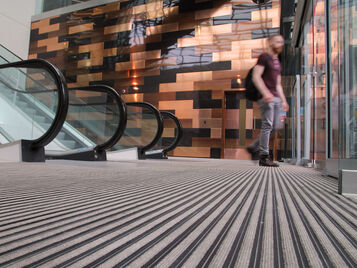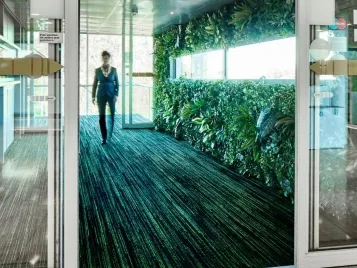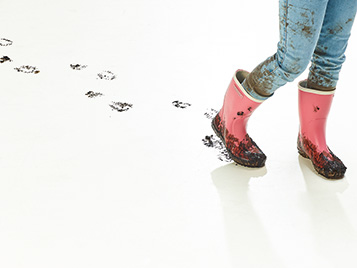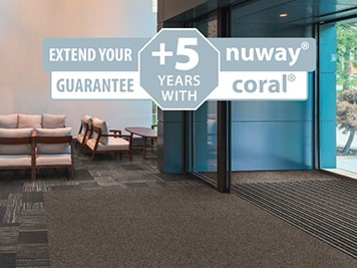Choose the right entrance system
If you really want to keep your building clean and safe, it’s not enough to throw down a mat at the door. In fact, the Health and Safety Executive advises against the use of loose lay mats which they state, "can introduce a range of hazards and are not always very effective".
Creating an effective entrance flooring system involves thinking about footfall – the number of people walking in and out in a given period – and walking routes (the directions they take once inside) and applying that information in the design of the entrance area. One of the best ways to plan an entrance flooring system is to think in applications or zones:
Zone 1: External primary matting
Any external matting to be placed outside the building entrance is the first line of defence against foot-borne soil, scraping the coarsest dirt from the soles of shoes before they cross the threshold.
Zone 2: Internal primary matting
Moving inside, the next line of defence, is used to remove foot-borne moisture and finer dirt particles.
Zone 3: Internal secondary matting
Other areas in the building also suffer from soil and moisture; reception areas, corridors, walkways, elevators, staircase exits, etc. All these areas will be prone to residual soiling and will benefit highly from a purposely designed Coral entrance matentrance mat to absorb this soiling.
Please click on the zones in the image below for more information. Or watch our video on Entrance flooring zoning

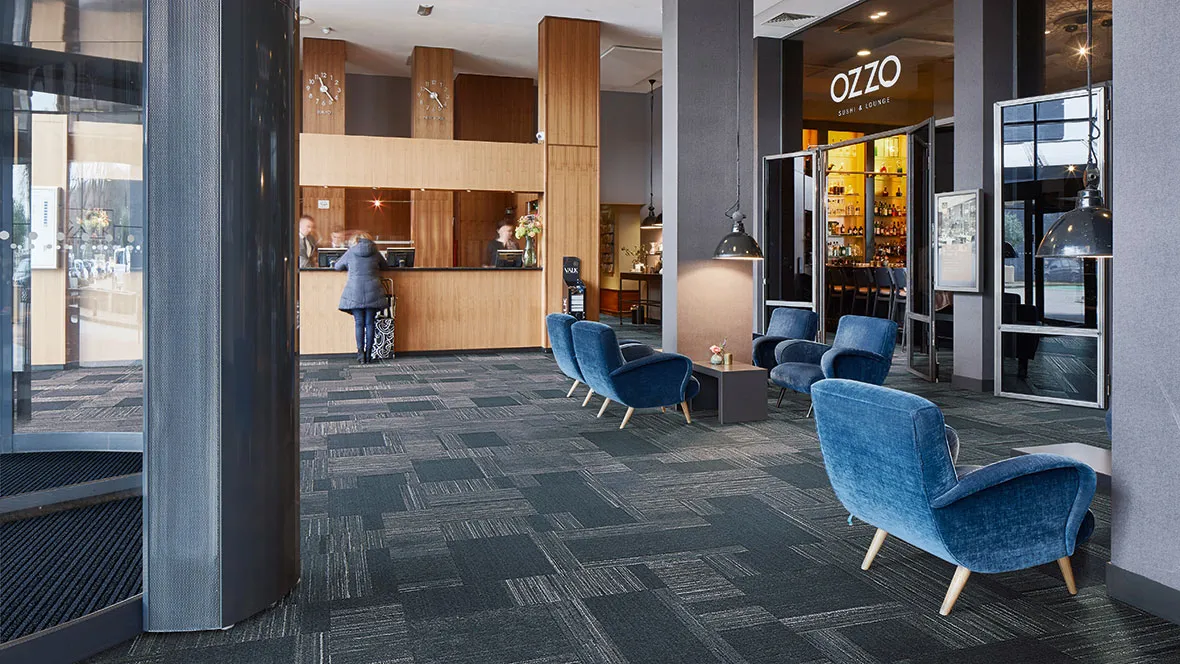
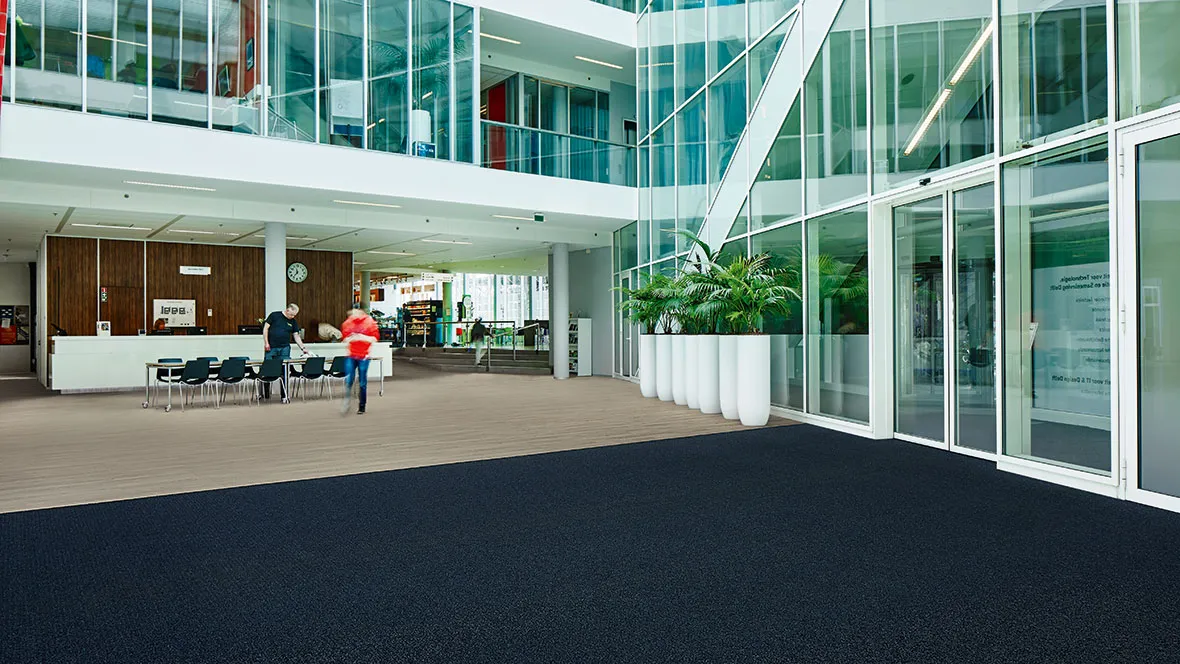
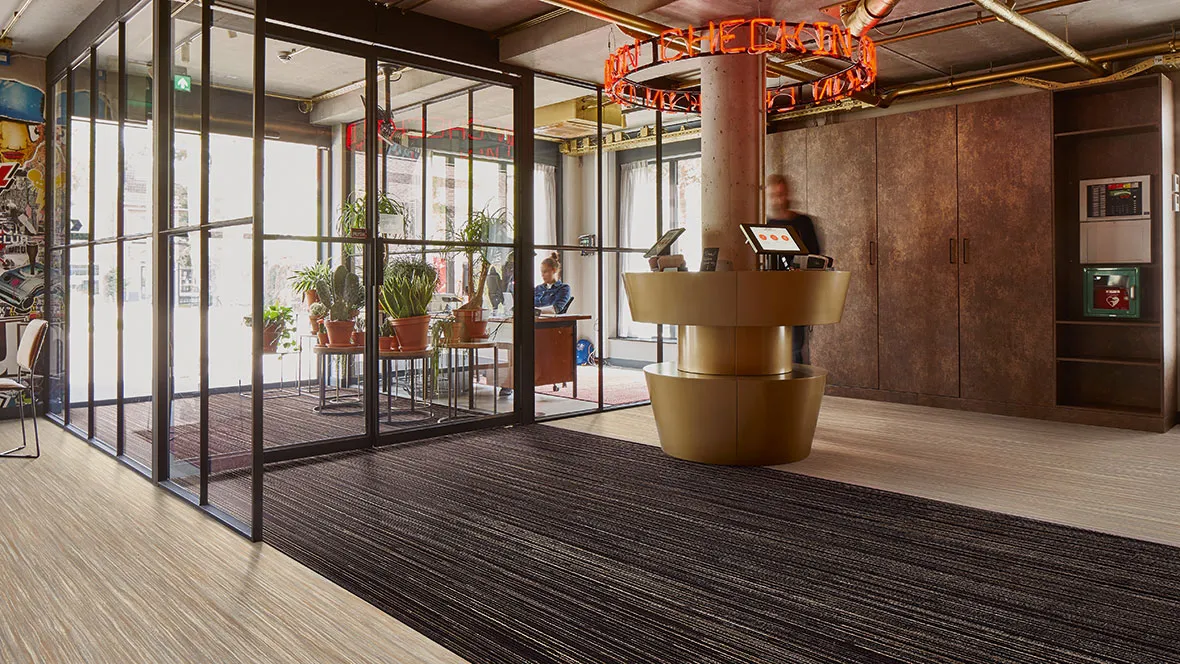
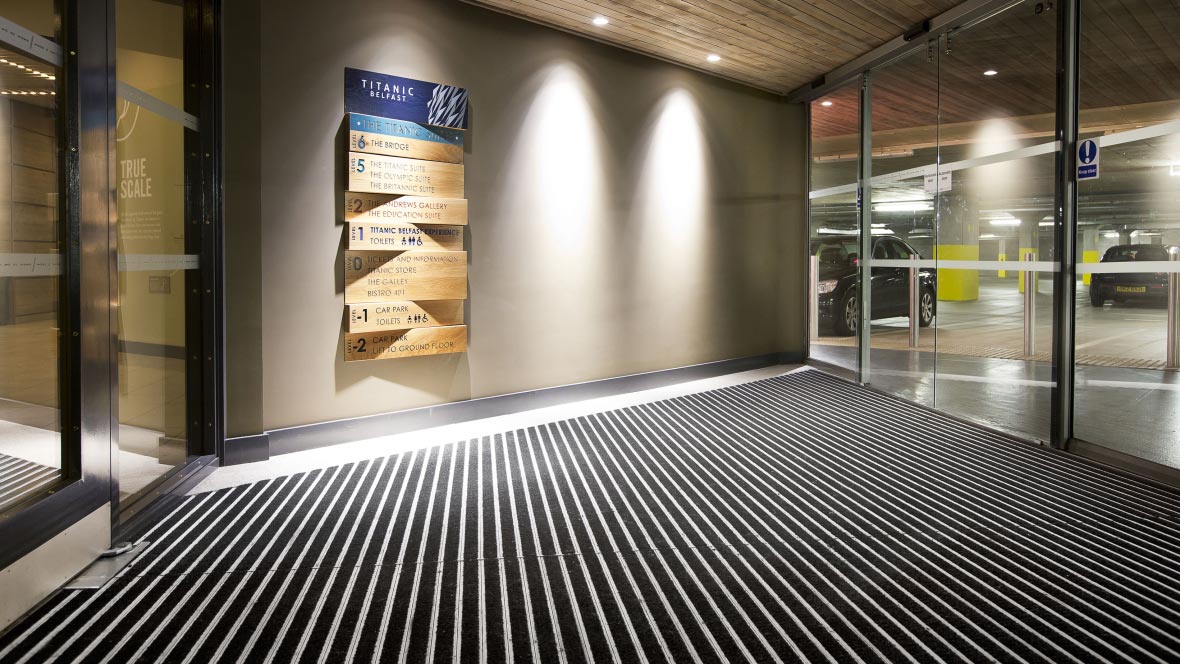
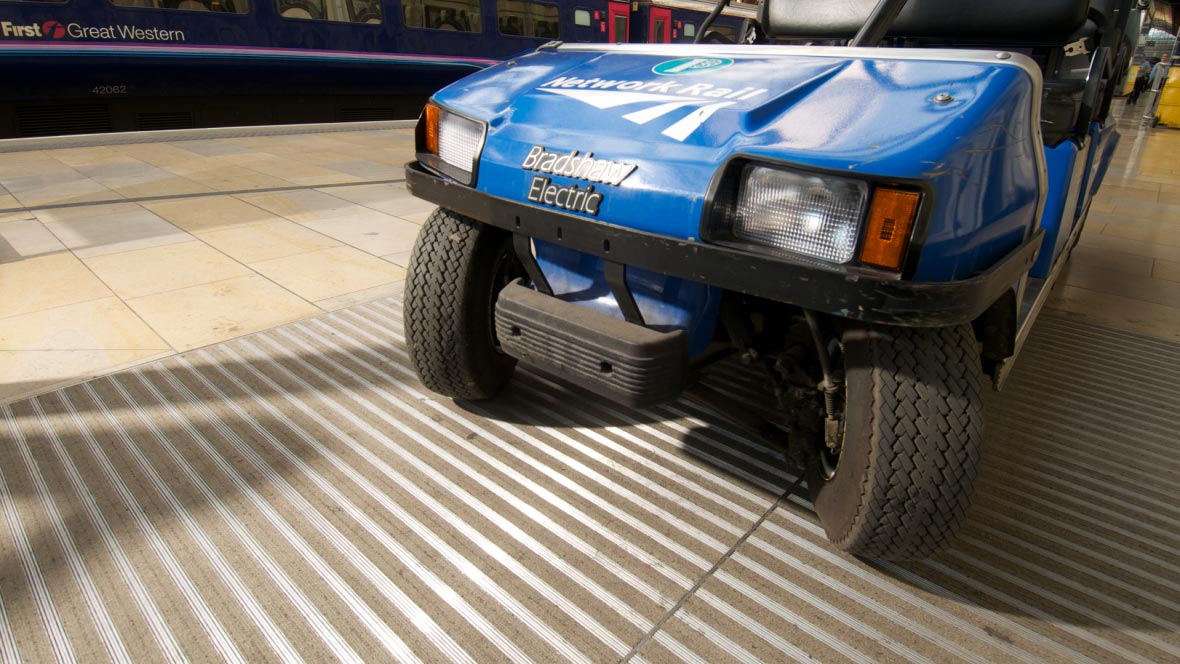
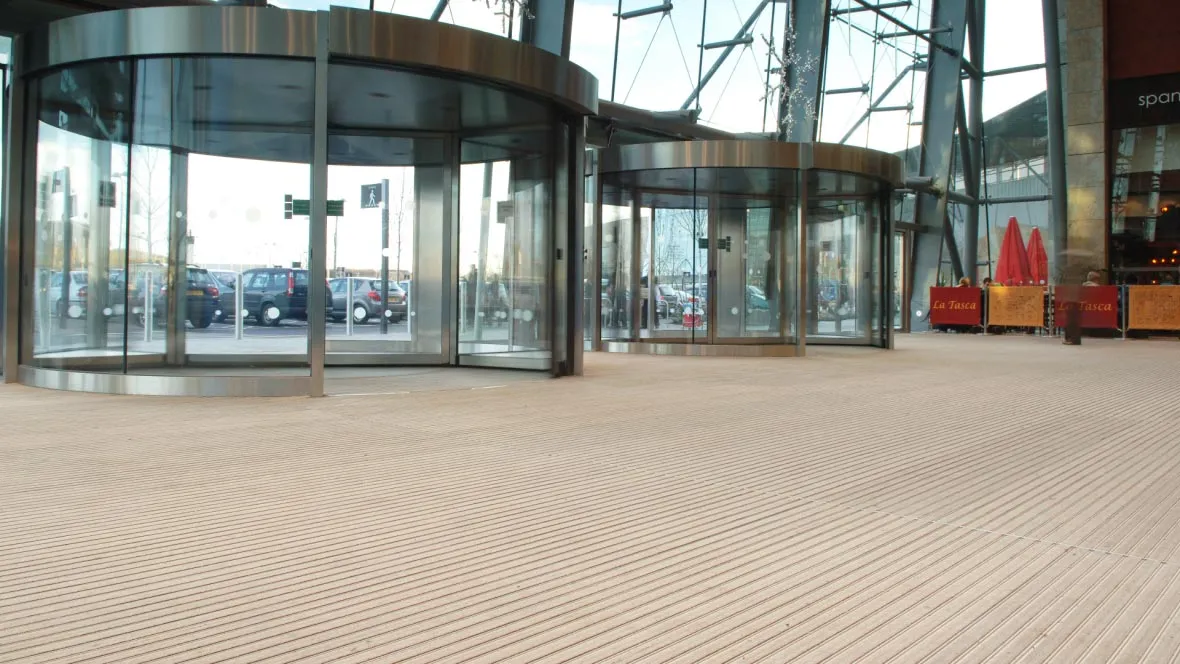
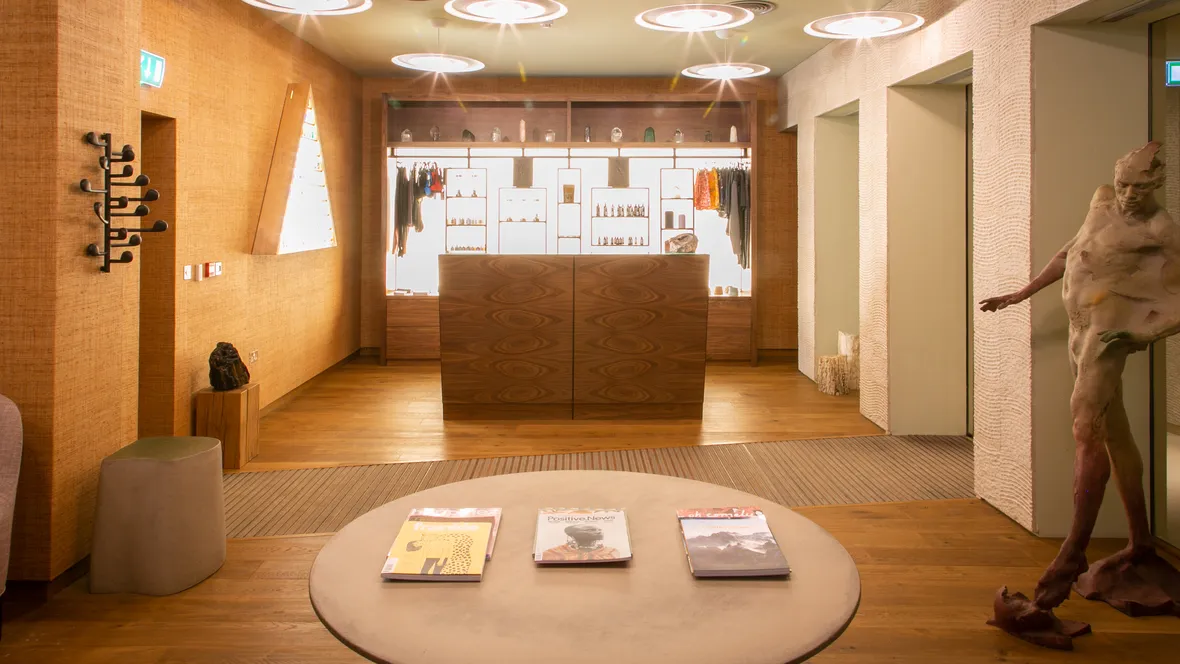
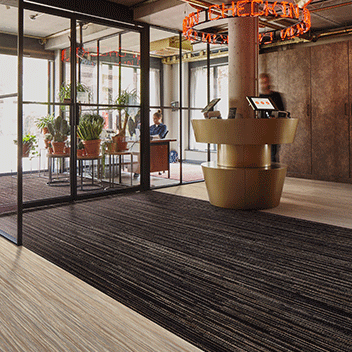
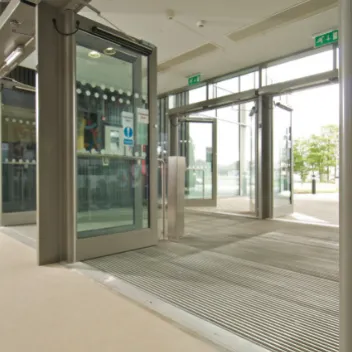
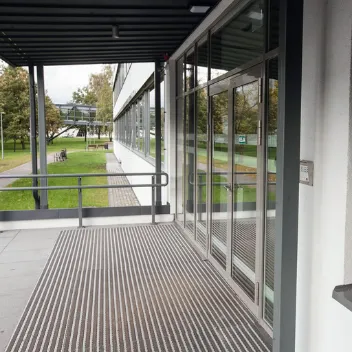
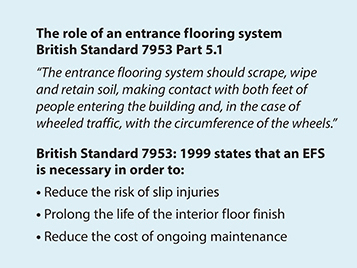
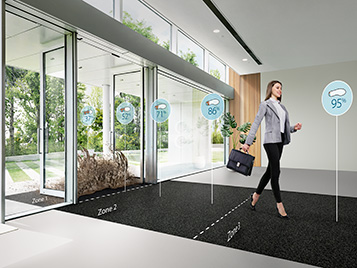
.webp)
